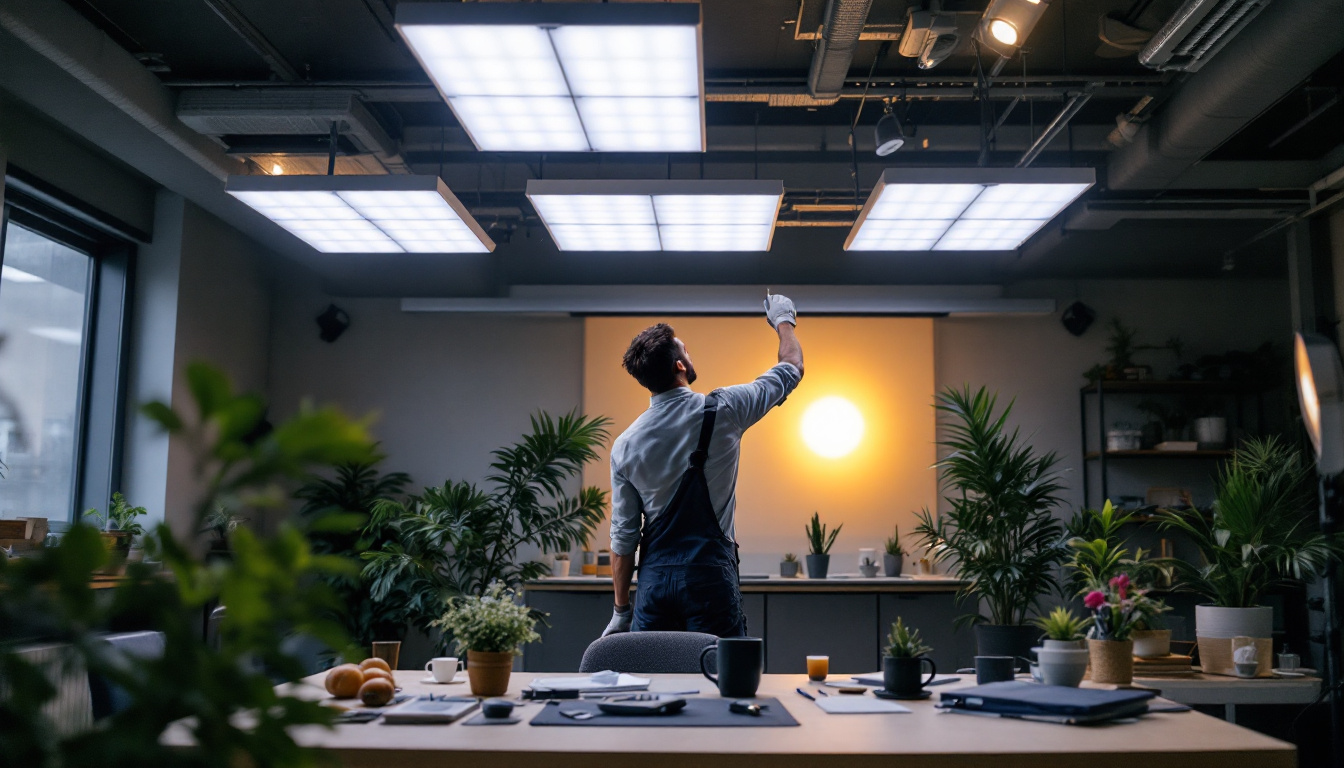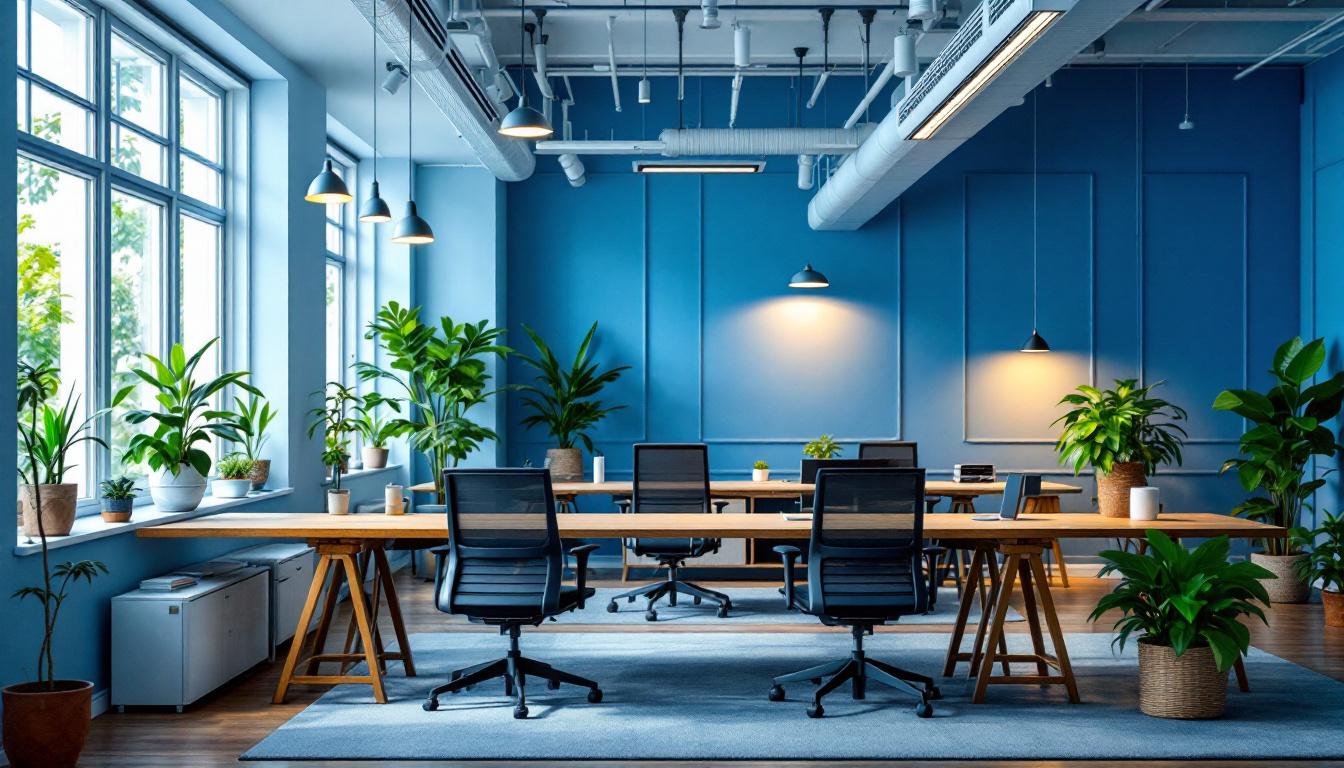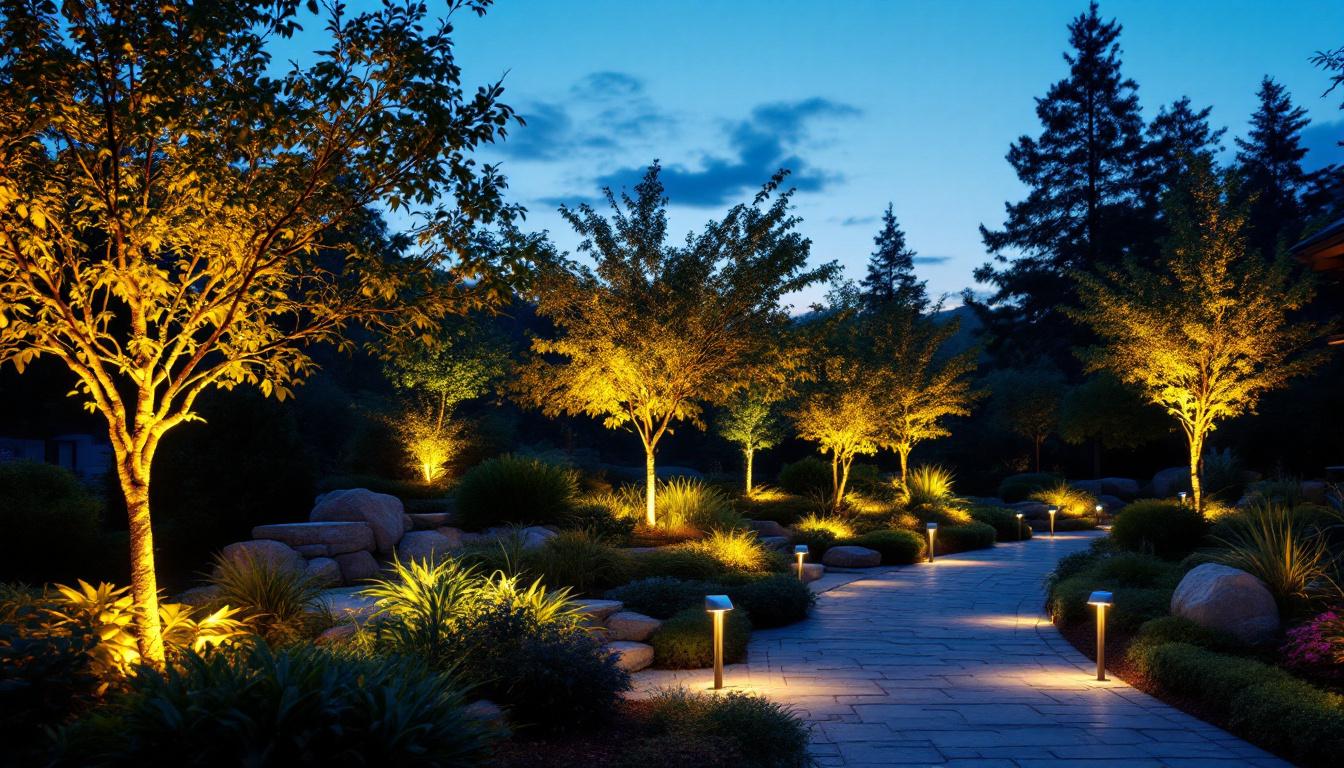
In the ever-evolving world of lighting design, LED light panels have emerged as a popular choice for both residential and commercial applications. Their versatility, energy efficiency, and sleek aesthetics make them an appealing option for contractors and clients alike. As the demand for innovative lighting solutions continues to grow, it’s crucial for lighting contractors to stay informed about the latest trends in LED light panels. This article explores key trends that every lighting contractor should be aware of to remain competitive and meet client expectations.
One of the most significant trends in lighting today is the focus on energy efficiency and sustainability. LED light panels are inherently more energy-efficient than traditional lighting options, consuming significantly less power while providing the same or even superior illumination. This shift is not just a trend but a necessary evolution in response to the growing demand for environmentally responsible solutions in both residential and commercial spaces.
In addition to their energy-saving capabilities, LED light panels are designed to minimize light pollution, which is an often-overlooked aspect of sustainability. By directing light precisely where it is needed, these panels reduce glare and enhance visibility without contributing to the excessive brightness that can disrupt ecosystems and human health. This thoughtful approach to lighting design aligns with broader environmental goals, making LED technology a preferred choice for eco-conscious consumers.
As environmental concerns become more pressing, many clients are seeking ways to reduce their carbon footprint. LED light panels not only use less energy but also have a longer lifespan than traditional bulbs, which means fewer replacements and less waste. Contractors can highlight these benefits when discussing options with clients, emphasizing the long-term savings and positive environmental impact. Furthermore, the production of LED lighting typically involves fewer hazardous materials compared to incandescent or fluorescent bulbs, further reducing the ecological footprint associated with their manufacturing and disposal.
Moreover, the integration of smart technology with LED lighting systems enhances their sustainability. Smart controls can optimize energy usage by adjusting brightness based on occupancy or natural light levels, ensuring that energy is not wasted when spaces are unoccupied. This adaptability not only contributes to a lower carbon footprint but also allows clients to tailor their lighting environments to their specific needs, enhancing comfort and functionality.
Many regions offer incentives for businesses and homeowners to switch to energy-efficient lighting solutions. These incentives can take the form of rebates, tax credits, or grants, making LED light panels an even more attractive option. Lighting contractors should stay informed about local and federal programs that can benefit their clients, helping them save money while upgrading their lighting systems. Additionally, some utility companies provide financial incentives or energy audits to encourage the adoption of energy-efficient technologies, further supporting the transition to sustainable lighting.
In many cases, these government programs are designed to not only promote energy efficiency but also stimulate local economies by creating jobs in the green technology sector. By participating in these initiatives, contractors can position themselves as leaders in the industry, showcasing their commitment to sustainability while also benefiting from the financial advantages these programs offer. This dual approach not only enhances their business reputation but also fosters a community-wide shift towards more sustainable practices in lighting and beyond.
The integration of smart technology into lighting systems is another trend that is gaining traction. Smart LED light panels can be controlled remotely via smartphones or smart home systems, allowing users to customize their lighting experience.
With smart LED panels, clients can adjust brightness, color temperature, and even create lighting schedules to suit their needs. This level of control enhances user experience and can lead to increased satisfaction with the lighting system. Contractors should familiarize themselves with various smart lighting solutions and be prepared to offer these options to clients looking for modern, customizable lighting solutions.
The Internet of Things (IoT) is transforming how lighting systems operate. LED light panels can be integrated with other smart devices, such as sensors and security systems, to create a cohesive smart environment. This integration not only enhances convenience but also improves energy efficiency by ensuring that lights are only on when needed. Contractors should consider how they can incorporate IoT solutions into their lighting designs to meet the demands of tech-savvy clients.
LED light panels are known for their sleek and modern appearance, making them a popular choice for contemporary spaces. However, design flexibility is a key trend that is expanding the possibilities for contractors.
Today’s LED panels come in various styles, shapes, and finishes, allowing contractors to offer tailored solutions that fit the aesthetic of any space. Whether it’s a minimalist design for a modern office or decorative panels for a restaurant, the options are virtually limitless. Understanding the available styles can help contractors better serve their clients and create visually appealing environments.
Beyond standard designs, many manufacturers now offer customizable LED light panels. This means contractors can work with clients to create unique lighting solutions that reflect their brand or personal style. Customization can include specific colors, shapes, or even the integration of logos into the panel design. Offering these options can set a contractor apart from competitors and enhance client satisfaction.
As awareness of the impact of lighting on health and well-being grows, contractors must consider how LED light panels can contribute positively to indoor environments.
Human-centric lighting focuses on the effects of light on human physiology and psychology. By utilizing LED panels that can adjust color temperature throughout the day, contractors can help create environments that support productivity and well-being. For instance, cooler light temperatures can be used during work hours to enhance alertness, while warmer tones can promote relaxation in the evening.
Another important aspect of health-conscious lighting is the reduction of eye strain. High-quality LED panels can provide uniform illumination without flicker, which is essential for creating comfortable workspaces. Contractors should prioritize recommending LED products that meet these criteria, ensuring that clients receive the best possible lighting solutions for their health and comfort.
The initial investment in LED light panels can be higher than traditional lighting options, but the long-term cost-effectiveness is a significant trend that contractors should emphasize.
LED light panels consume less energy, which translates to lower electricity bills. Additionally, their long lifespan means reduced maintenance and replacement costs. Contractors can provide clients with calculations that demonstrate the return on investment (ROI) over time, showcasing how LED panels can lead to substantial savings.
Upgrading to energy-efficient LED lighting can enhance the overall value of a property. Potential buyers often view energy-efficient features as desirable, making properties with modern lighting systems more attractive in the market. By highlighting this benefit, contractors can help clients understand the long-term value of their investment.
The lighting industry is continually advancing, with new technologies and innovations emerging regularly. Staying informed about these developments is crucial for contractors who want to remain competitive.
Innovations in control systems for LED light panels are making it easier for users to manage their lighting. From advanced dimming options to integration with building management systems, these technologies enhance usability and efficiency. Contractors should explore the latest control options available and consider how they can incorporate them into their projects.
Dynamic lighting solutions, which can change in response to external factors such as daylight levels or occupancy, are becoming increasingly popular. These systems can optimize energy use while providing the right amount of light when and where it is needed. Contractors should be prepared to discuss these solutions with clients who are interested in cutting-edge technology.
Understanding market demand and consumer preferences is essential for lighting contractors. As trends evolve, so do the expectations of clients.
Clients are increasingly looking for versatile lighting solutions that can adapt to various needs and settings. LED light panels, with their ability to be used in a wide range of applications—from offices to retail spaces—are well-positioned to meet this demand. Contractors should be prepared to showcase the versatility of LED panels in their proposals and presentations.
Consumers are placing a greater emphasis on aesthetics and the overall experience of a space. This trend means that contractors must not only provide functional lighting solutions but also consider how those solutions contribute to the ambiance and design of a space. By understanding the importance of aesthetics, contractors can better cater to their clients’ desires and create stunning environments.
LED light panels represent a significant advancement in lighting technology, offering numerous benefits that align with current trends in energy efficiency, smart technology, design flexibility, and health considerations. For lighting contractors, staying informed about these trends is essential to provide clients with the most innovative and effective solutions.
By embracing the latest developments in LED light panels, contractors can enhance their service offerings, meet client expectations, and ultimately grow their business. As the lighting industry continues to evolve, those who adapt and innovate will be best positioned to succeed in a competitive market.
Ready to stay ahead of the curve in the lighting industry? Choose LumenWholesale for your next project and experience the difference quality and value can make. Our extensive selection of LED light panels and other spec-grade lighting products are designed to meet the latest trends and exceed your expectations. With unbeatable wholesale prices, free shipping on bulk orders, and no middleman markups, you can trust us to provide the best value for your investment. Elevate your lighting solutions today by visiting Wholesale Lighting at the Best Value and discover how we can help you shine brighter in a competitive market.

Illuminate your projects with our comprehensive guide tailored for lighting contractors.

Discover essential tips for a successful can light LED retrofit and learn how to sidestep common pitfalls.

Discover innovative strategies and cutting-edge technologies that smart lighting contractors use to revolutionize portable lighting solutions.

Discover the top strategies lighting contractors use to enhance outdoor spaces with solar uplighting.